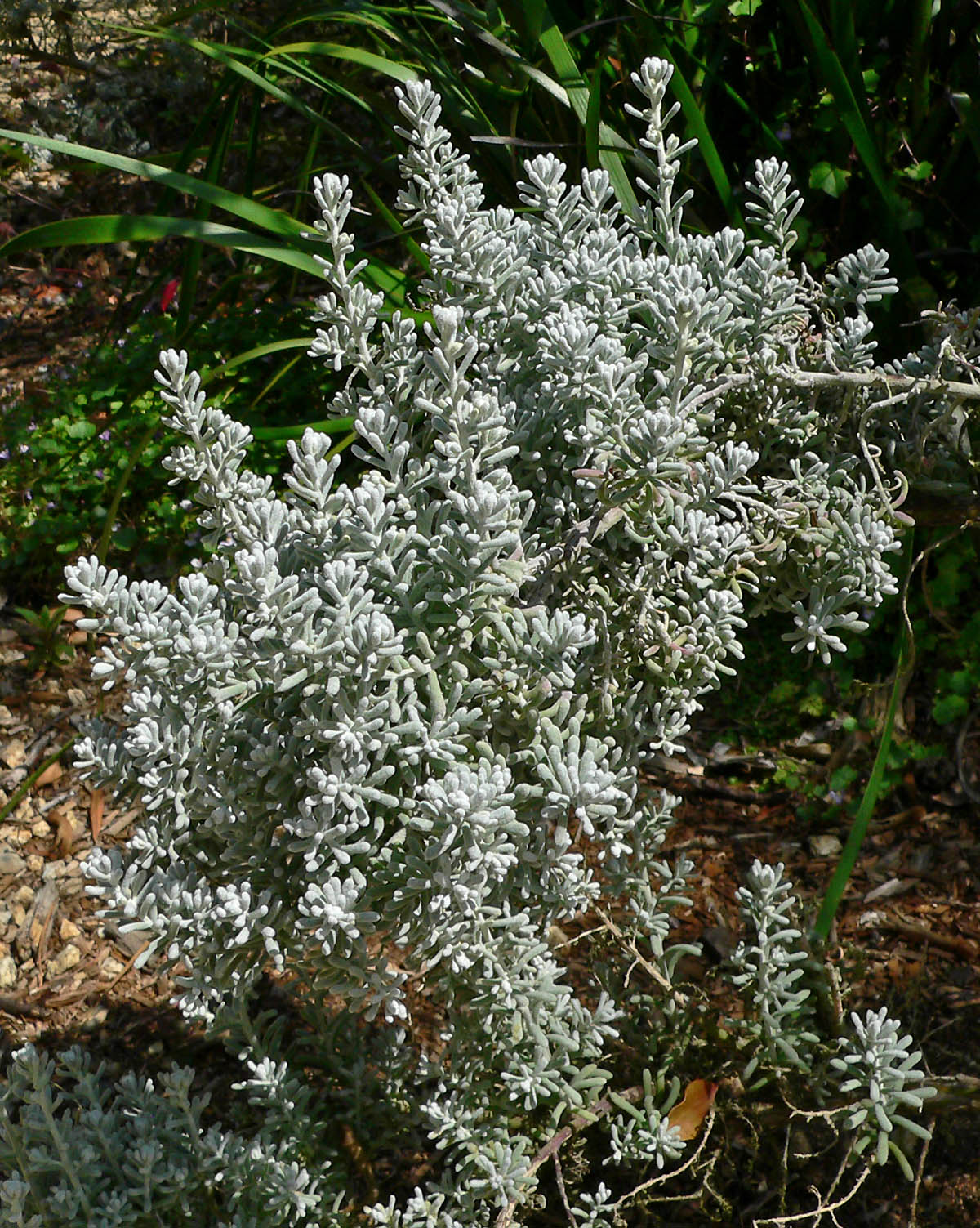|
Kochia Prostrata
''Bassia prostrata'', the forage kochia, is a Eurasian plant in the subfamily Camphorosmoideae of the family Amaranthaceae Amaranthaceae is a family of flowering plants commonly known as the amaranth family, in reference to its type genus ''Amaranthus''. It includes the former goosefoot family Chenopodiaceae and contains about 165 genera and 2,040 species, making it ... (formerly treated as Chenopodiaceae), introduced to the United States as rangeland forage and for fire control. External linksUSDA PLANTS Database Entry*House, Dawn. 2007Kochia shrub halts Milford Flat blaze - flat.''Salt Lake Tribune'', August 2. Amaranthaceae {{Amaranthaceae-stub ... [...More Info...] [...Related Items...] OR: [Wikipedia] [Google] [Baidu] |
Camphorosmoideae
Camphorosmeae is a species-rich tribe of the Amaranthaceae, formerly Chenopodiaceae, with 20 genera and about 179 species. It is classified as a single tribe of subfamily Camphorosmoideae. Description The Camphorosmeae are mostly dwarf shrubs or annuals (rarely perennial herbs) with spreading or ascending branches. The plants are more or less densely covered with appressed or spreading hairs. The alternate leaves are often succulent, only a few annual species have thin and flat leaves. The inconspicuous flowers sit solitary or in axillary clusters of 2–3 (5) in the axil of a subtending bract. They differ from the related subfamily Salsoloideae by the absence of bracteoles. The flowers are mostly bisexual. The perianth consists of (3–) 5 membranous or scarious tepals, which are often fused for about 1/5 to 4/5 of their length. 4–5 stamens are basally fused in a hypogynous disc. They have mostly exserted anthers without appendages. The pollen grains differ from Salsoloide ... [...More Info...] [...Related Items...] OR: [Wikipedia] [Google] [Baidu] |
Amaranthaceae
Amaranthaceae is a family of flowering plants commonly known as the amaranth family, in reference to its type genus ''Amaranthus''. It includes the former goosefoot family Chenopodiaceae and contains about 165 genera and 2,040 species, making it the most species-rich lineage within its parent order, Caryophyllales. Description Vegetative characters Most species in the Amaranthaceae are annual or perennial herbs or subshrubs; others are shrubs; very few species are vines or trees. Some species are succulent. Many species have stems with thickened nodes. The wood of the perennial stem has a typical "anomalous" secondary growth; only in subfamily Polycnemoideae is secondary growth normal. The leaves are simple and mostly alternate, sometimes opposite. They never possess stipules. They are flat or terete, and their shape is extremely variable, with entire or toothed margins. In some species, the leaves are reduced to minute scales. In most cases, neither basal nor terminal aggrega ... [...More Info...] [...Related Items...] OR: [Wikipedia] [Google] [Baidu] |
